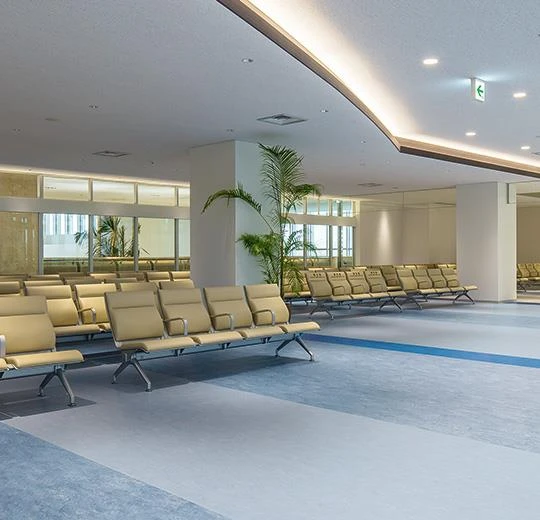Innovative Designs for Decorative Period Skirting Boards in Modern Interiors
Understanding Period Skirting Boards A Comprehensive Guide
Skirting boards, often referred to as baseboards, play a crucial role in interior design. They not only offer aesthetic appeal but also provide functional benefits, such as protecting walls from damage and covering the gap between the wall and the floor. When it comes to period homes, skirting boards take on an additional significance, as they often embody the architectural style and historical context of a specific era. This article explores the characteristics, importance, and styles of period skirting boards, helping homeowners and enthusiasts appreciate their value in historic interiors.
Characteristics of Period Skirting Boards
Period skirting boards vary widely depending on the architectural style and time period they originate from. They can be defined by their height, profile, material, and decorative elements.
1. Height and Proportion Around the Victorian and Edwardian eras, skirting boards were typically taller, often ranging from 6 to 12 inches in height. This was partly due to the grandiose nature of these architectural styles, which sought to create a sense of elegance and grandeur in the home. In contrast, Georgian skirting boards tended to be lower and more understated, reflecting the elegance and symmetry of that period.
2. Profile The profile of skirting boards during different periods can also tell us much about the stylistic preferences of the time. Victorian skirting boards often feature ornate detailing, such as fluting or beading, while simpler, straight profiles are characteristic of the Arts and Crafts movement.
3. Material Historically, skirting boards were made from high-quality woods, such as oak or mahogany. However, in more recent times, various materials, including MDF and PVC, have become common, especially in reproductions or budget renovations.
4. Decorative Elements Some period skirting boards include intricate carvings or additional moldings that contribute to the overall aesthetic of the room. These decorative features can enhance the personality of a space and are often seen as a testament to the craftsmanship of the era.
Importance of Period Skirting Boards
period skirting board

The significance of period skirting boards transcends their practical functions. They play an essential role in preserving the historical integrity of a home. Skirting boards can act as a visual narrative, representing the architectural evolution of a dwelling. For homeowners looking to restore or maintain a period property, ensuring that the skirting boards match the original design is vital.
Furthermore, period skirting boards can help to enhance resale value. Buyers of historic homes are often looking for period features that reflect authenticity and history, making well-preserved skirting boards an attractive selling point.
Styles of Period Skirting Boards
1. Georgian These skirting boards are characterized by their simplicity and elegance. Typically made of softwood, they often feature a flat top with a slight cove beneath it. The proportions are modest compared to later styles.
2. Victorian Victorian skirting boards are often more elaborate, showcasing decorative elements like rounded profiles and bold trims. They frequently reach great heights, reflecting the homeowner's desire for sophistication.
3. Edwardian The Edwardian style is a blend of simplicity and ornamentation. Skirting boards from this period usually exhibit more subtle decorative touches compared to the earlier Victorian style, often being wider but less ornate.
4. Art Deco A significant departure from previous styles, Art Deco skirting tends to have geometric patterns and smooth lines, reflecting the bold aesthetics of the early 20th century.
Conclusion
In summary, period skirting boards are not merely decorative features; they are a vital component of a home’s historical narrative. Understanding their characteristics and styles can deeply enrich one’s appreciation of architecture and design. Whether you are renovating a historic home or simply exploring the beauty of period features, acknowledging the significance of skirting boards is essential. They connect us to the past, enabling us to experience history in our everyday lives.
-
SPC FlooringJun.24,2025
-
Bathroom Wall CoveringsJun.24,2025
-
Why Dry Back LVT Flooring Is the Smart Choice for Modern InteriorsJun.05,2025
-
Transform Your Interiors with Elegant Luxury Vinyl Flooring OptionsJun.05,2025
-
The Rise of SPC Vinyl Flooring: A Modern Solution for Durable and Stylish SpacesJun.05,2025
-
Click LVT Flooring: The Perfect Blend of Style, Strength, and SimplicityJun.05,2025




